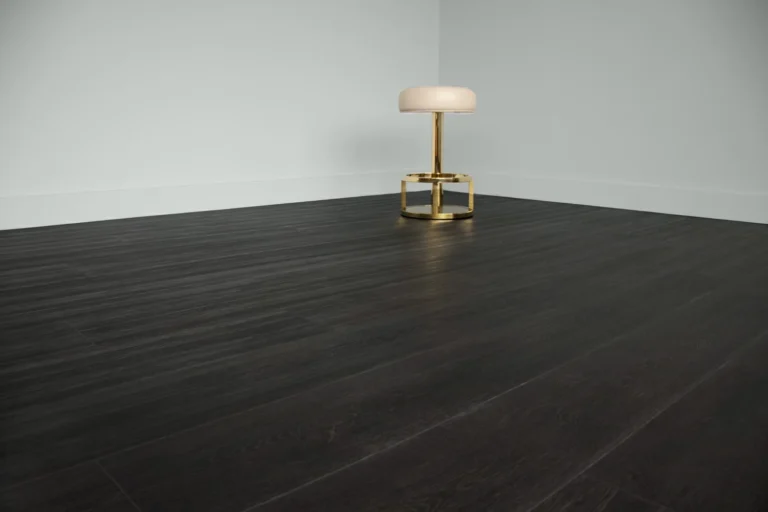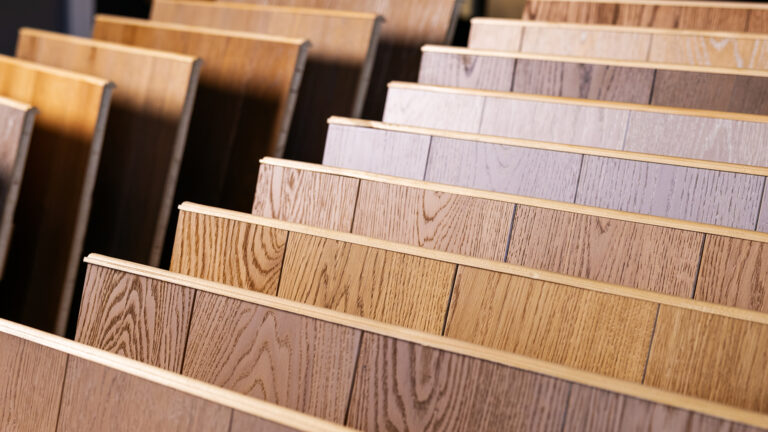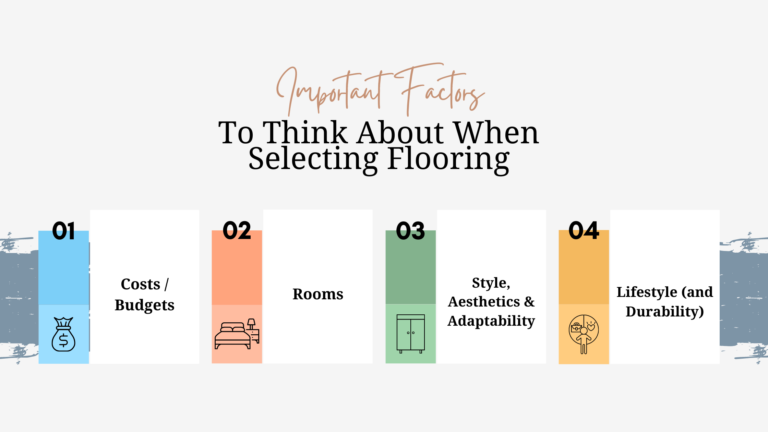5 Proven Facts About Hardwood Floors That Just Make Sense (Part 1)
Hardwood floors are beautiful, but are they worth it?
If you’ve ever had to decide on what type of flooring to have in your house, or even as far as which house/apartment to move into because of the flooring, you’re not alone.
There are many misconceptions, and dare we say myths, when it comes to hardwood flooring. Whether you’re researching “best hardwood flooring” or “how to care for hardwood floors,” you’ll notice that the amount of conflicting information can be overwhelming.
Well, rest assured, we’re here to help!
Let’s start with 5 proven facts about hardwood floors that just make sense.
5 Facts:
- Hardwood Floors are Durable
- Hardwood Floors Help Maintain Air Quality Indoors
- Hardwood Floors Add Value to Homes
- Hardwood Floors Adds Warmth to Any Living Space
- Real Hardwood Flooring Change Colors Over Time
Fact #1 – Hardwood Floors are Durable
From banquet halls to court rooms, and even farmsteads, hardwood flooring has been used for centuries, with some that can even survive upwards of 50 years.
Of course, the length of time your hardwood floors last can depend on several key factors. Factors such as how it’s maintained, wood species, wear layer thickness, and the protective finish used to seal the surface.
Wear layer thickness has the most crucial role. After years of use (average of 10 years for urethane), you may notice that your floors seem more weathered. When this occurs, refinishing can restore the look and feel of a once seasoned floor.
What “refinishing” actually means is just that – using a large buffing machine, the surface layer of your floors are sanded down to expose a fresh layer of wood beneath. Doing so will remove the old finish, stain and many of the scratches and dents which may have collected over time.
Now, depending on the extent of the damage, an average refinishing will remove 1mm from the wear layer of your floors. So, this means that a floor fitted with a 4mm wear layer can be refinished up to 3 times before having to be replaced completely. That’s a potential longevity of 40 years!
Maintenance is something to be mindful of as well. While oil finished flooring will require more regular upkeep, the advantages are far superior to that of a urethane finished flooring. Urethane finished floors, once worn through, must be refinished. Oil finished flooring can have their finish refreshed on a regular basis and last decades if properly cared for.
Caring for your new floors is as simple as understanding what products to use and the frequency of when to use them. Good habits such as not wearing shoes that may trap small stones, being gentle with furniture and mindful of excessive moisture will also extend the life and beauty of your floors.
Another way to measure durability with hardwood floors is by measuring their hardness. Different wood species vary in hardness and durability. To measure this, flooring retailers suggest using the Janka Hardness Scale to determine the durability ratings of any wood species. The scale rates the durability level of wood, which in this case measures how well a wood would withstand dents, dings, and wears. The higher the rating, the more durable the wood.
So, before you purchase your hardwood floors, be sure to ask or research how durable your selected choices are, especially if you have children, pets, or expect heavy wear. Combining key factors such as a wood’s wear layer, protective finish, hardness rating, and general maintenance, hardwood floors are both durable and long lasting, a perfect investment for any home.
Fact #2 – Hardwood Floors Help Maintain Air Quality Indoors
Besides being at work or school for an average of 40 hours a week, a majority of our time is spent in our homes, which can be over 100 hours a week. That’s a lot of time spent in our homes!
Considering that we spend all that time indoors, it’s important to have good quality air, especially since it can affect your health.
This is where hardwood flooring comes in – they help maintain quality air indoors.
One fun fact is that outdoor air quality is proven to be better for you as compared to indoor air quality.
Now you’re probably wondering – why?
Think of it this way – outdoors, air particles are made up of pollutants like car exhaust, carbon monoxide, and more, or what we consider to be more “natural” pollutants. Indoors, air particles come from your floors, your walls, your building materials, and more “man-made” pollutants.
More specifically, indoor air quality includes contaminants, like dust, pet dander, and other allergens, as well as VOCs (volatile organic compounds), such as any chemicals used in the home’s structure and cleaning supplies.
When it comes to flooring, certain floorings types are better than others when it comes to maintaining air quality indoors. For instance, carpet is known to trap dust and pet danders, making it a bad selection for those with severe allergies and illnesses.
With hardwood floors, they don’t trap contaminants like dust and pet danders. Should dust or pet dander collect on hardwood floors, all you have to do is give it a quick wipe. Hardwood floors tend to be easier to clean and have a natural element to them, making them the healthier option for flooring.
Maintaining good air quality indoors should be a priority considering how much time we spend indoors. One way to maintain good air quality indoors is to choose the flooring type that minimizes the bad “man-made” pollutants in your home.
Up Next –
There you have it. Two facts down, three more to go. We’ve given you plenty to think about when it comes to hardwood floors and why you should get them, but there’s so much more!
So, before we bombard you with the next three facts about hardwood floors that just make sense, we recommend soaking in these facts and applying them to your flooring selections.
We’ll be dishing out the next three facts in our next blog. Until then, send us your questions, share this blog with your friends, and stay tuned!















